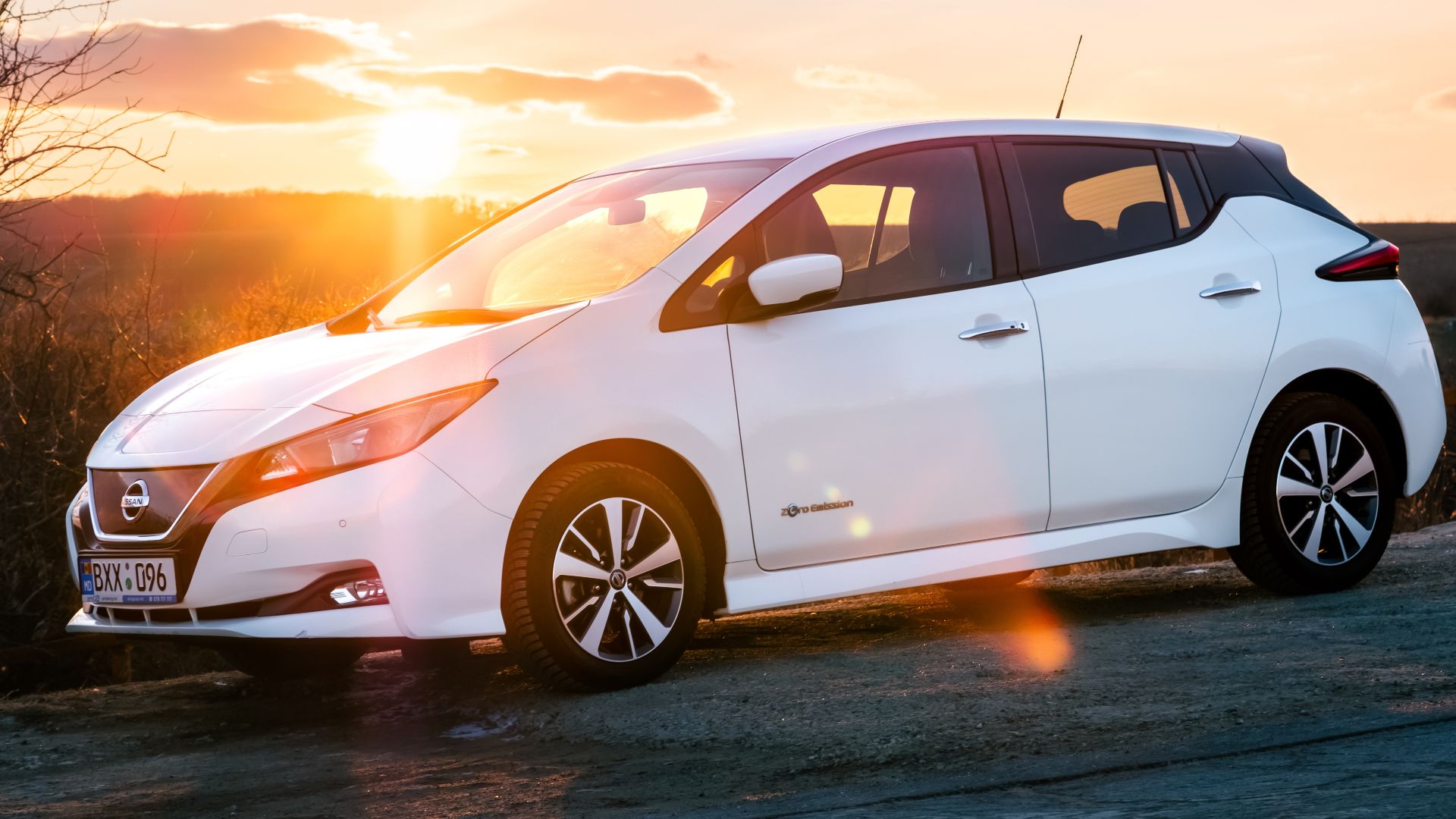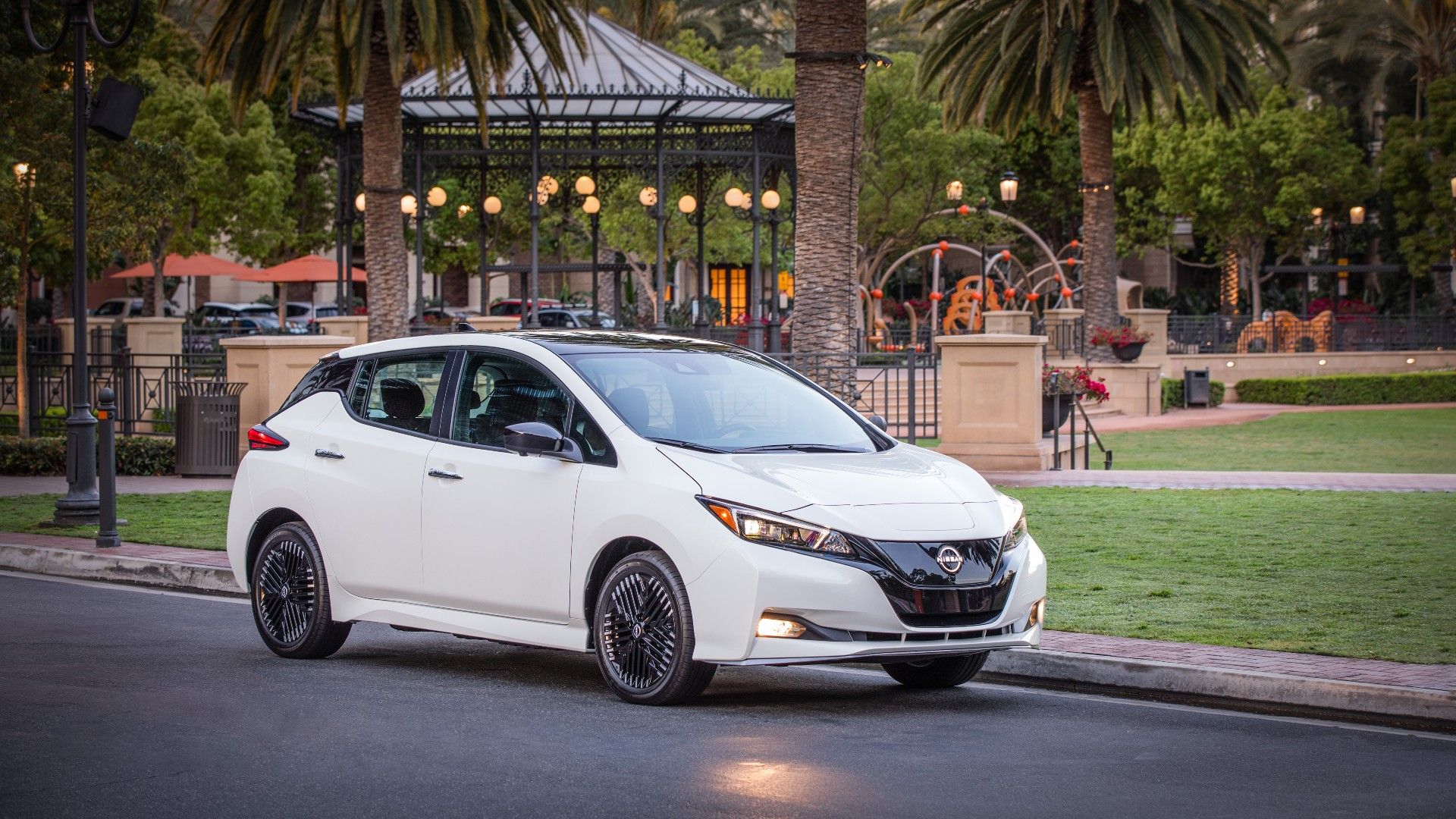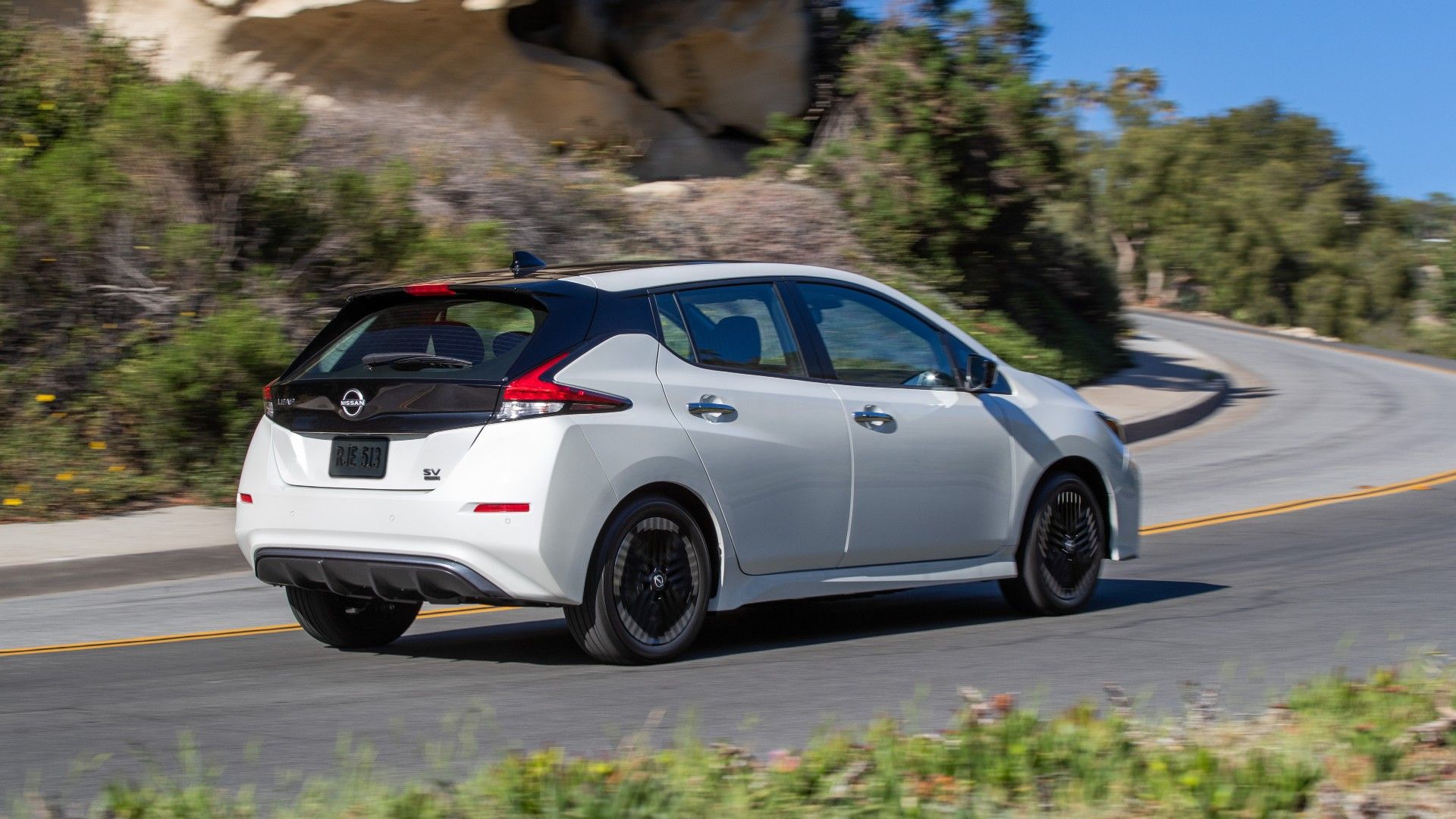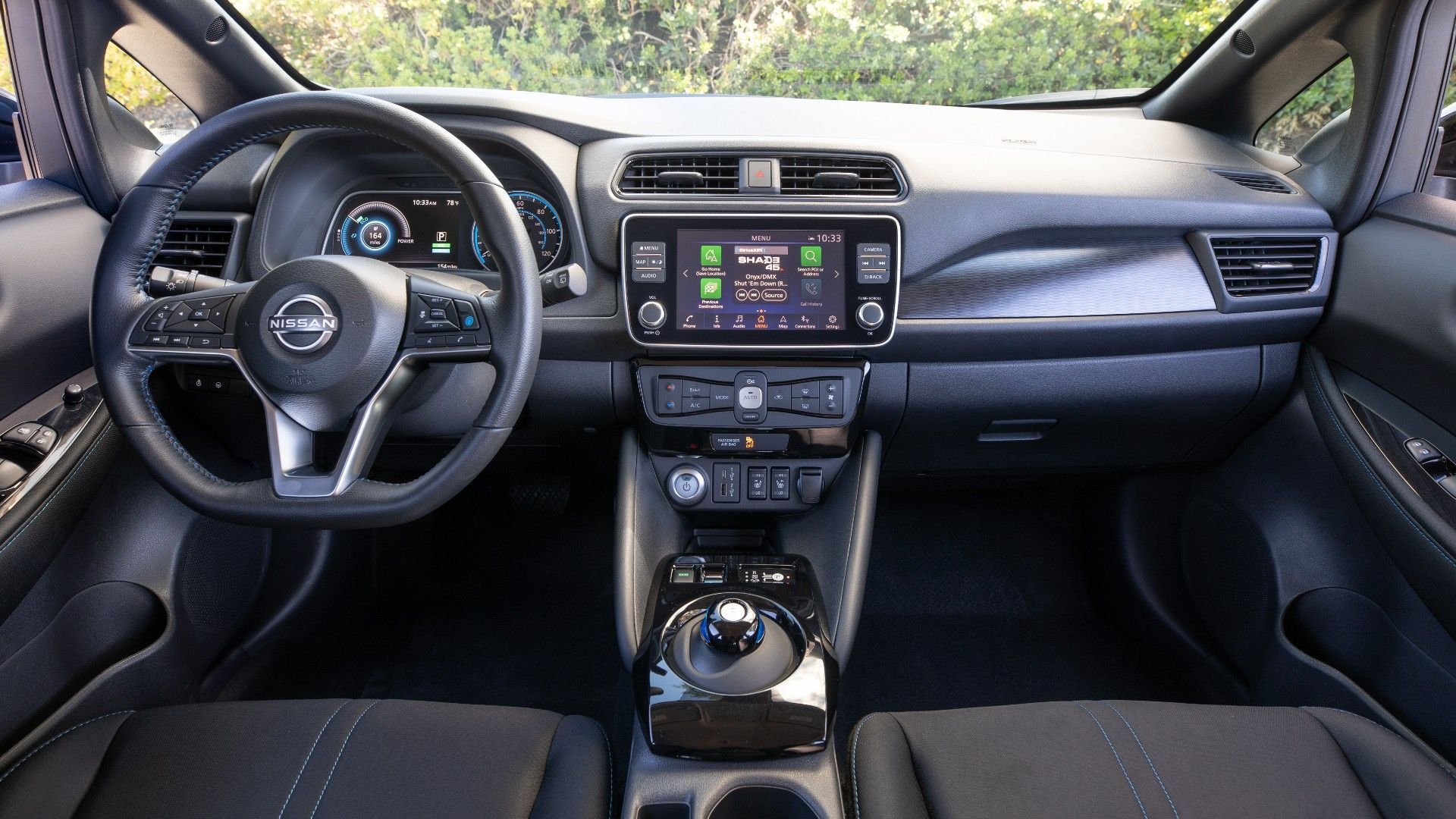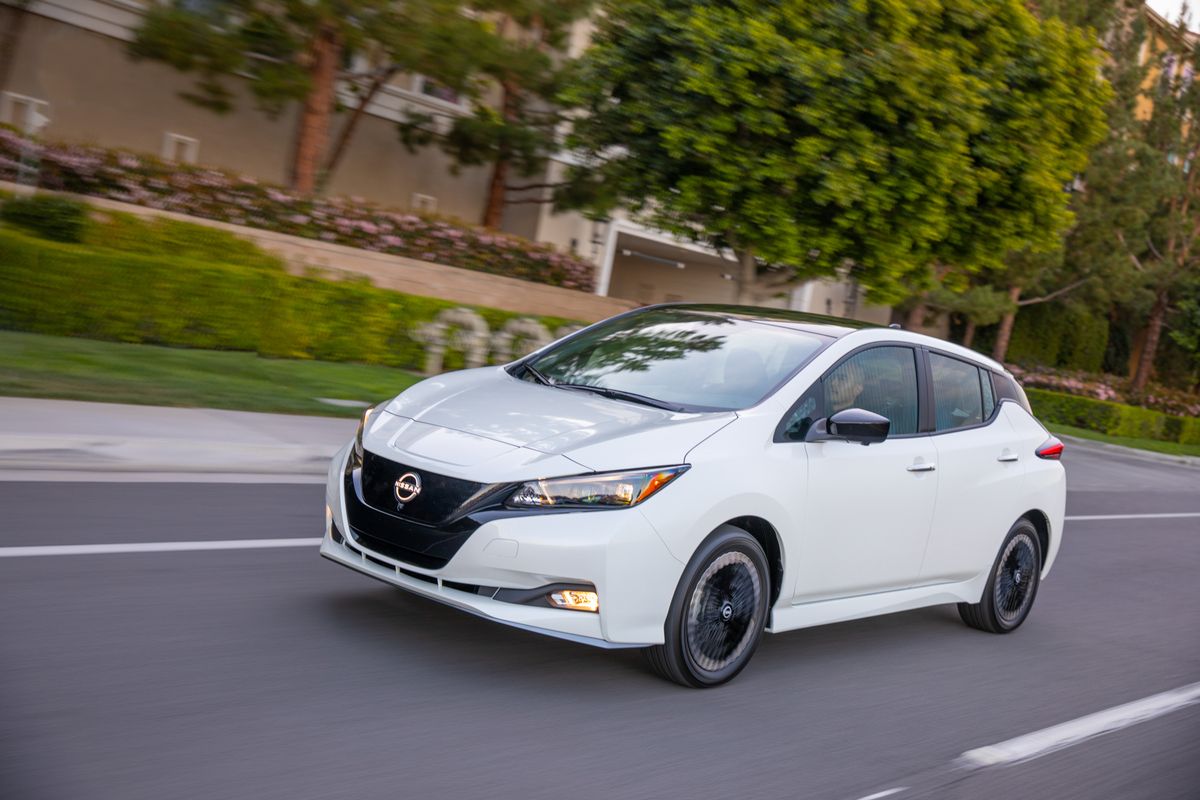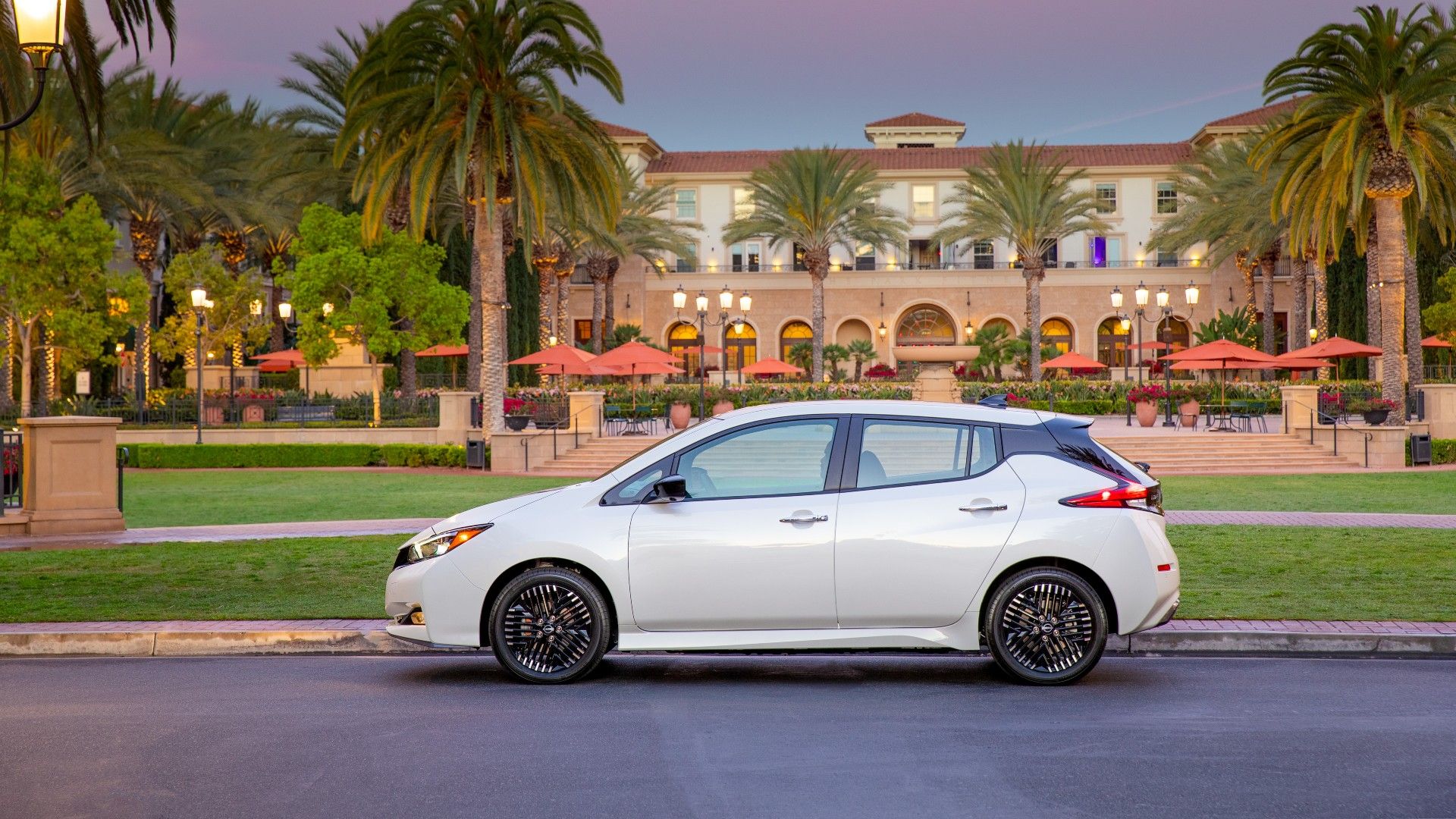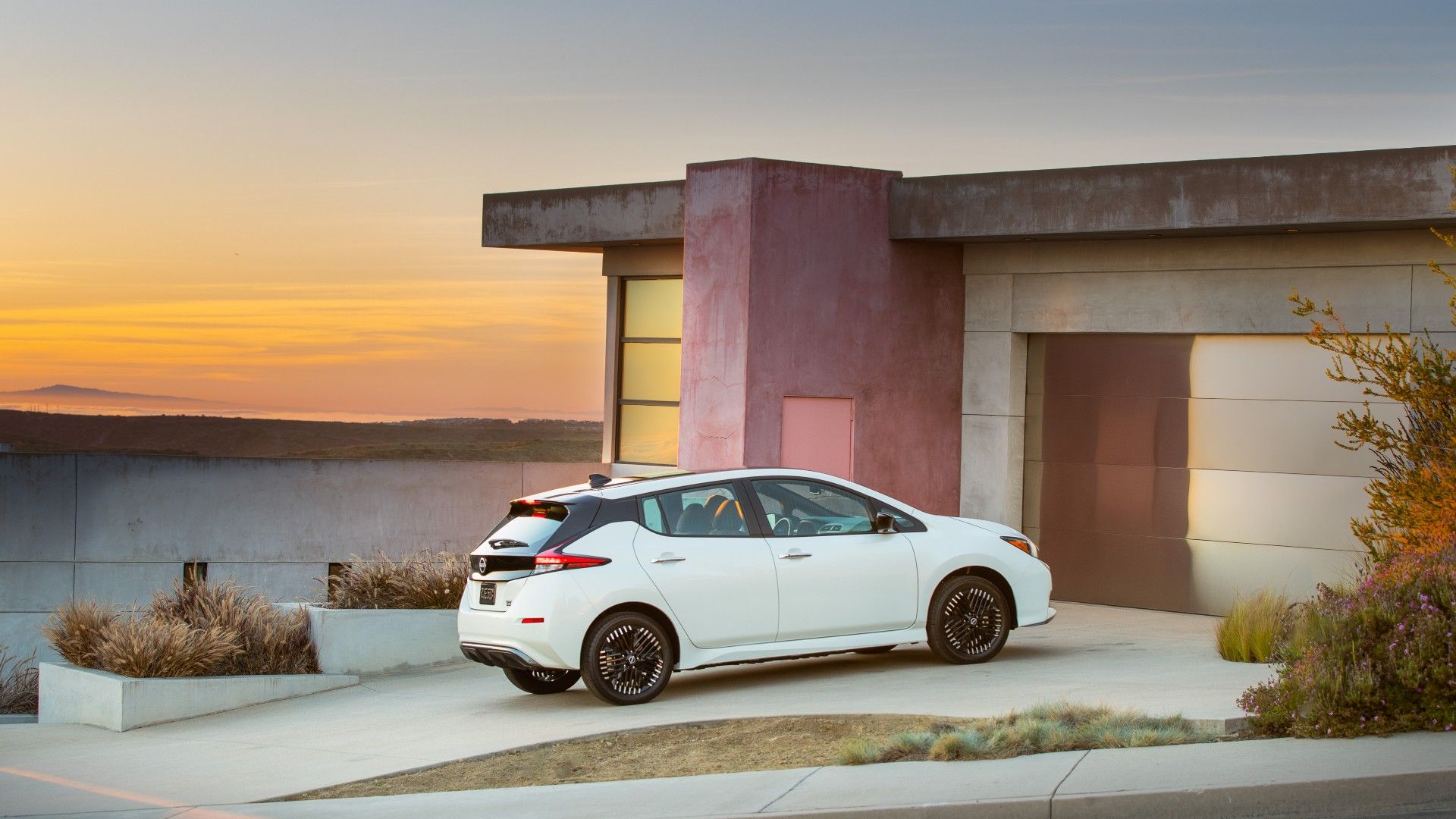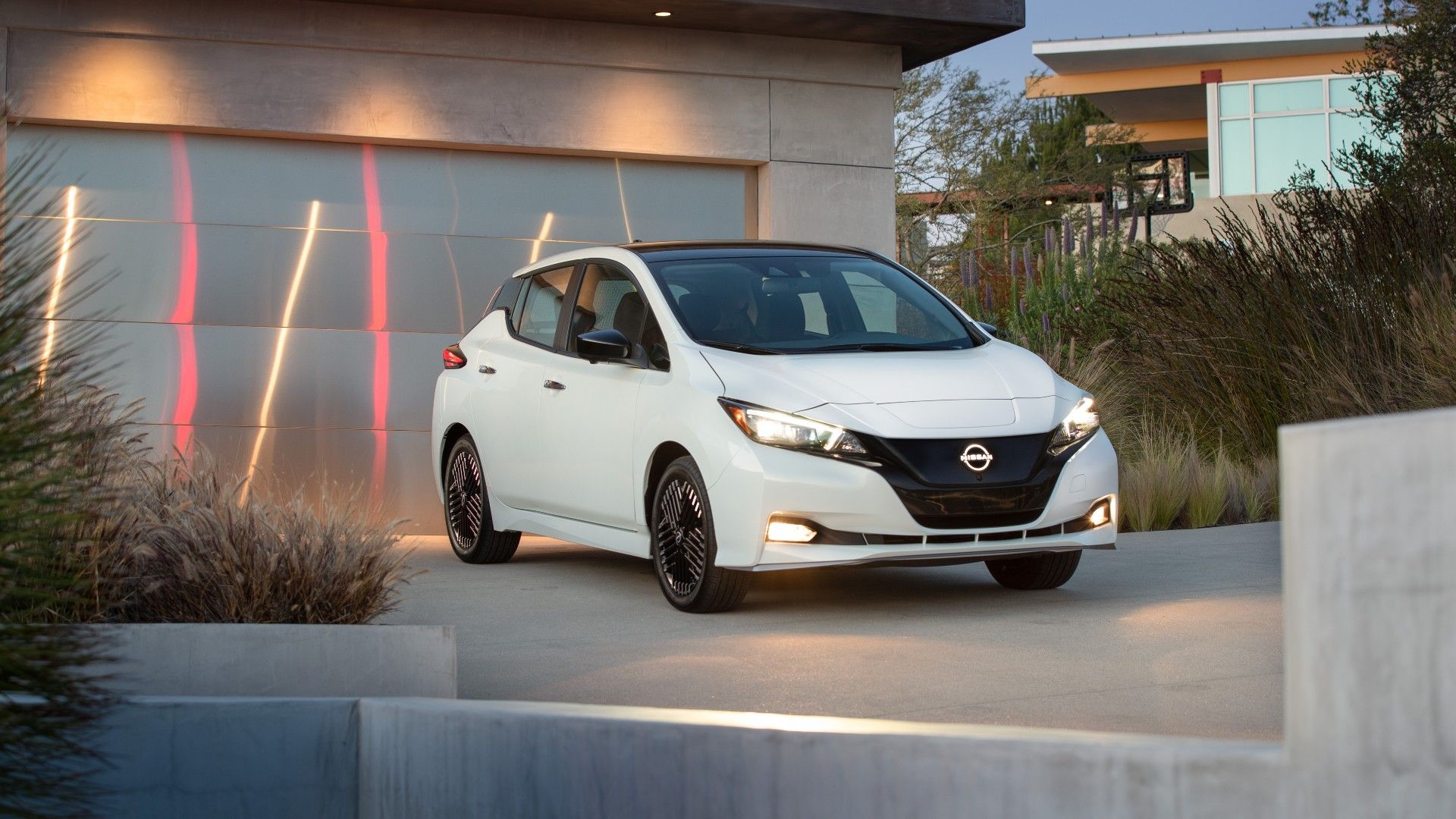Electric Vehicles are becoming more popular as the 2020s progress, and Nissan is tried and true to the market. The Nissan EV Leaf was the world's first mass-produced EV when it came out in 2011. The 2022 Nissan EV Leaf has two versions, the S and the SV Plus. The standard S package features a 40.0-kWh battery pack, while the SV Plus features a 214-hp electric motor and a larger 62.0-kWh battery. The electric motor provides a quick response but ultimately weighs it down compared to rivals like the Chevy Bolt. The Leaf is an incredibly cost-effective EV starting at $30,000 before tax credit, but that doesn't mean you're getting complete bang for your buck. The Nissan Leaf is a mixed bag and here are 5 pros and 5 cons about this EV.
10 Love It: The Nissan Leaf Is Cheap To Maintain
The beauty of EVs lies in the lack of work it takes to use one long-term. Of course, gas mileage benefits are the hype of EVs. The United States Department of Energy states that the 2022 Nissan EV Leaf has a combined mpg of 111 miles. They estimate that yearly, a Nissan EV Leaf owner will pay $650 on its running charges. There are a crazy amount of gas savings available, especially for the daily commuter. Due to the entirely electric motor, the maintenance involved with caring for a traditional engine is not involved. Say goodbye to oil, timing belts, and spark plug changes. Besides charging the vehicle, there is little regular or yearly maintenance needed on behalf of the driver.
9 Leave It: The Leaf Offers A Poor Driving Range
The S package features a 40.0-kWh battery pack that allows it 149 miles, a very short allowance. The SV Plus package features a 62.0-kWh battery pack that enables it to reach 215 miles in range, which is not much for the largest option available. These ranges leave the Nissan EV Leaf limited to local residential driving. The 480-volt DC is the fastest charging option available at public charging stations around the country. However, of the 41,000 level two charging stations available, only 4,000 are quick charge ports.
8 Love It: The Leaf's Interior Is Comfortable
The seats in the Nissan Leaf are comfy, like Grandma's recliner, and have a good amount of room in the rear seats. Although the entertainment system isn't winning aesthetic prizes, it adapts quickly to the user and their commands. There is an available option for a leather-wrapped steering wheel, which is quite a nice touch. The Nissan EV Leaf comes equipped with a handy backseat alarm that reminds you to check the backseat for any belongings. A handy feature is the auto-dimming rearview mirror that reduces glare automatically to help support driver comfort.
7 Leave It: The Leaf Comes With An Outdated Charging Technology
The 2021 EV Leaf and earlier models use the CHAdeMO charging system, which in North America seems outdated. Compared to the CCS system's quick charge used in rival EVs, Nissan seems slow to upgrade their charging systems. The Nissan EV Leaf can use a 120-volt or 240-volt outlet. Using a 240-volt outlet, the S and SV Plus can be fully recharged in seven hours. Models with level one units can charge their vehicles at home. Unfortunately, the models needing a level two charger must install a wall unit and 240-volt outlet. The installation is necessary for the driver to charge their vehicle at home. All models are equipped with a level one charger that plugs into a standard 120-volt outlet. However, this technology needs to be updated and therefore charges slowly compared to the 240-volt and 480-volt charging options. The 480-volt DC is the fastest charging option and is unavailable for at-home installation. Compared to the seven-and-a-half hours of charge time with a 240-volt charger, the 480-volt charger can charge the EV Leaf in an hour.
6 Love It: The Nissan Leaf Is A Pretty Solid Car
The Nissan EV Leaf has many safety features that are very attractive to consumers. The National Highway Traffic Safety Administration gives the EV Leaf S and SV Plus 4/5 stars overall in safety and 5/5 on the driver's side. The EV Leaf has two rear safety monitors, one for automatic rear braking and another for cross-traffic alerts. Another automatic braking safety feature lies in the pedestrian detection monitoring system. This pedestrian system analyzes the driver's speed and the distance between the car and the frontal object. It then assesses when to give an alarm to the driver and when to provide automatic braking support. There are also blind spot monitoring systems, which help when changing lanes and preventing driving out of lanes. A quality feature of the EV Leaf is the high beam assist, which automatically lowers high beams when another car is approaching and back on after they've passed.
5 Leave It: Don't Expect A Good Trade-In Value On Your Leaf
The depreciation of vehicles is well known, and electric cars are no different. For example, the 2020 Nissan EV Leaf SV was priced at $34,190, but you can now get one for around $20,000. The new 2023 Leaf, in fact, is cheaper than what a new cost a few years back. The Nissan EV Leaf's steep drop in value only grows as time goes on. Nissan struggles to hold value compared to other brands, like Subaru and Toyota. This sharp depreciation cuts down the financial benefits associated with electric vehicles.
4 Love It: Control Your Nissan Leaf With Your Smartphone
One can access the vehicle's features using a compatible cell phone device. Using the Nissan Connect Service App, one can turn their phone into an EV remote controller. The application allows the driver to be outside the vehicle and still have access to various controls. These include: locking and unlocking the car, turning on and locating the vehicle, flashing the lights, and sounding the horn. These details allow the driver to find the car more easily, appealing to those with poor memory or those who frequent large events. An Automatic Collision Notification occurs if airbags deploy, reaching help seconds after an impact.
3 Leave It: The Leaf Is Underwhelming In Extreme Weathers
Due to the passive thermal battery management system, the EV Leaf struggles to perform in extreme heat and cold. Nissan does not recommend storing the EV Leaf in temperatures under -13º F, with earlier models recommending staying away from -1º F. The optional battery warmer turns on at 1º F and off at 14º F to protect the battery from these freezing temperatures. With the battery warmer equipped, it will not operate without a plug-in charge under 15% battery life. The lower the temperatures, the less the battery can keep a charge and range. In hot climates, rapid charging or heavy driving use will lessen the lifespan of the Leaf. One way to help Leaf batteries in hot climates is to use the climate control setting to cool the cab before driving. Cooling the cab before moving reduces the strain on the battery pack to cool while in use.
2 Love It: The Leaf Boasts A Suite Of Driver's Assistance Features
The 2022 Nissan EV Leaf features the hands-on ProPilot Assist program. This system uses cruise control and steering assistance programs to help drivers with everyday traffic issues. The most significant help this provides is the automatic start, slow, and stop features used in stop-and-go traffic. These systems also interact with the navigation system equipped in the vehicle. Together, these systems adjust speed and handling for off-ramps, winding roads, and anything else the road throws at you. These automatic adjustments work because the vehicle has a front-mounted camera that can maintain a gap between you and the car or object in front of you. This camera helps stop-and-go traffic and keeps the vehicle in the lane even on tight, winding roads.
1 Leave It: The Leaf And Its Bad Thermal Management
Battery degradation is one of the most significant issues for electric vehicles. Essentially, the battery must remain at a stable temperature during use and when not in operation. Otherwise, its lifetime and range severely lessen over time. Battery conservation has been something that Nissan has struggled with since it beat its competitors in the EV market. One way to conserve battery life is to avoid quick charging stations that create too much thermal energy during the charging process. Charging the EV Leaf using a 240-volt at-home wall charger is a much better practice for the battery. Due to the lack of thermal management within the Nissan EV Leaf, keeping the vehicle at a stable temperature will help the lifespan of the EV. Therefore, using a garage, possibly heated during the winter and cooled during the summer, to avoid the battery sitting in a draining temperature will help the battery's overall lifespan.

